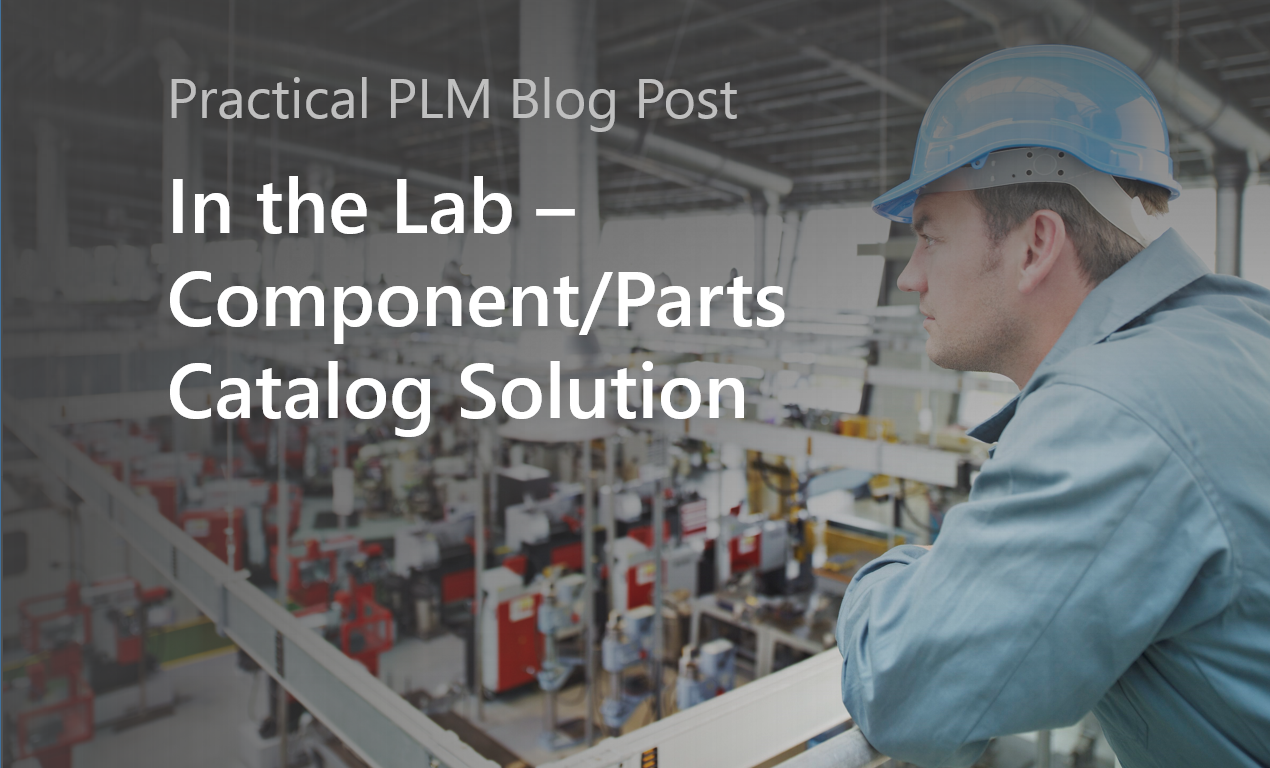Is Aras PLM the Solution for Startups?
/Over the last year, we’ve noticed an increasing number of VC financed startups choosing Aras Innovator. When asked about why they’re attracted to Aras, we hear the same things from these startups … “After evaluation of the various PLM offerings, Aras Innovator is clearly the quickest solution to implement and the configurable platform-based architecture is more responsive to fast-paced change and growth than other options.
Read More










